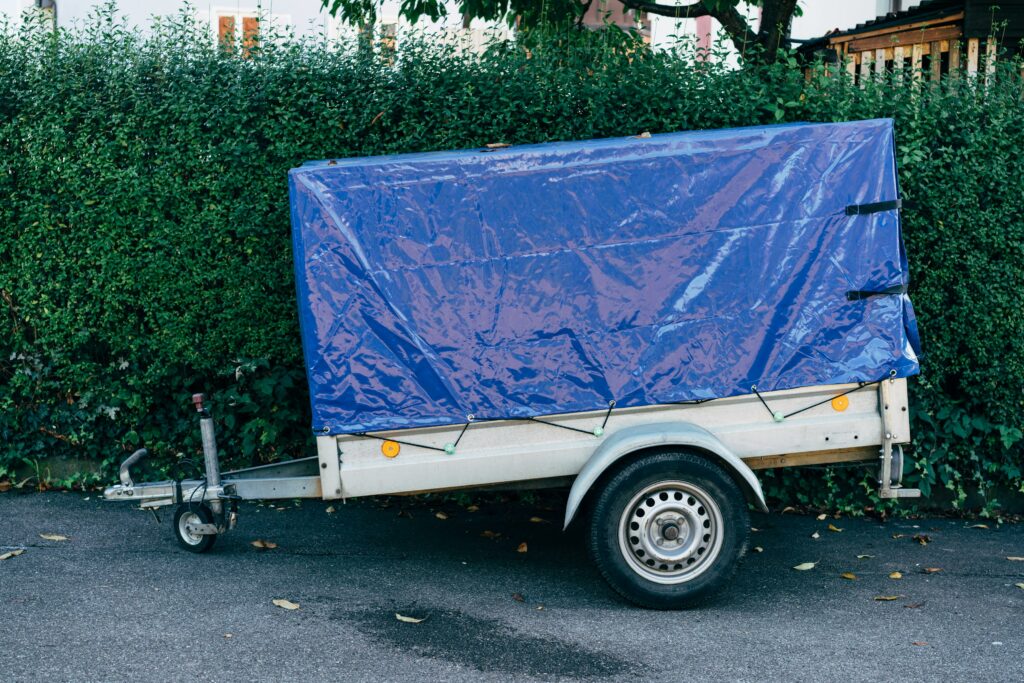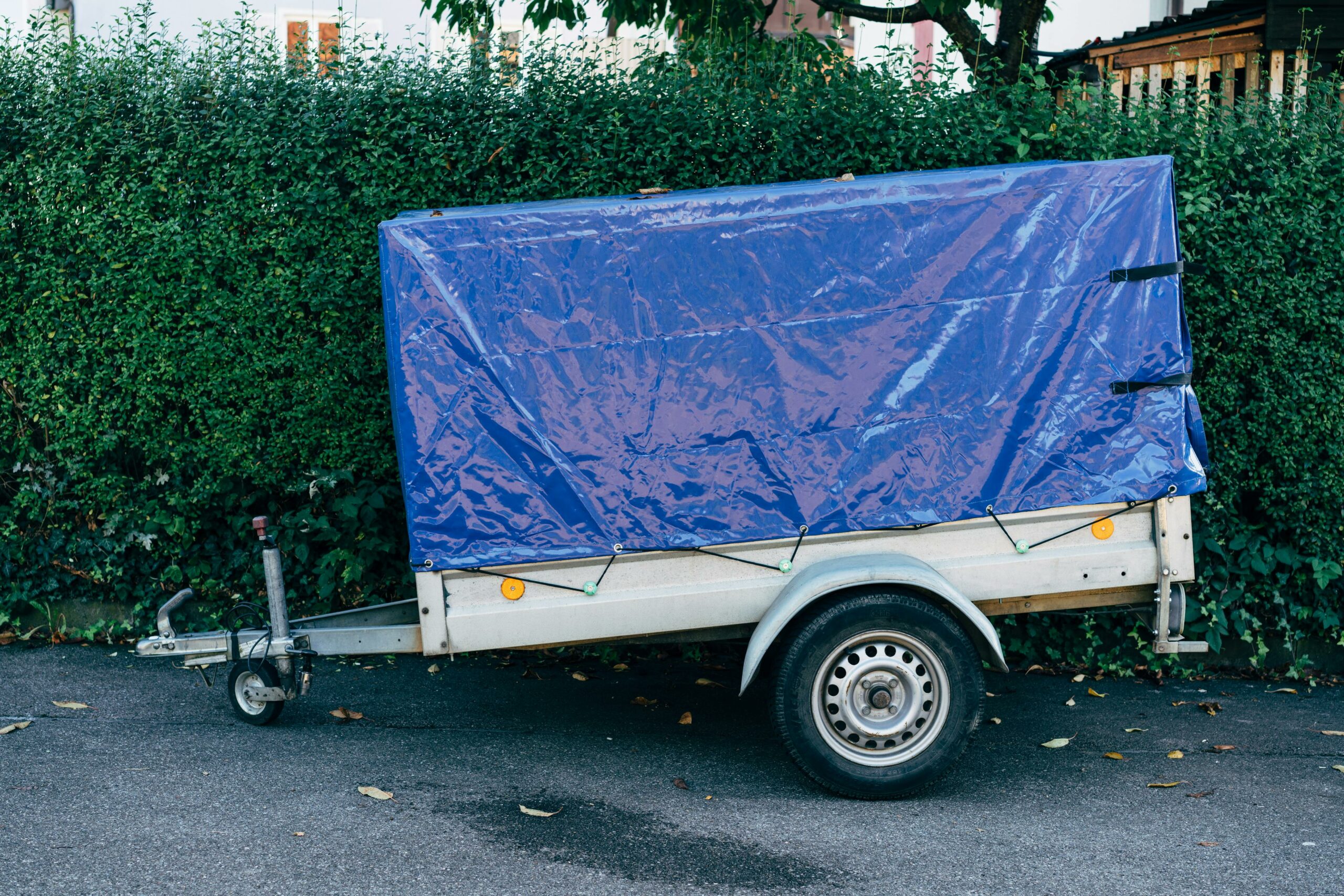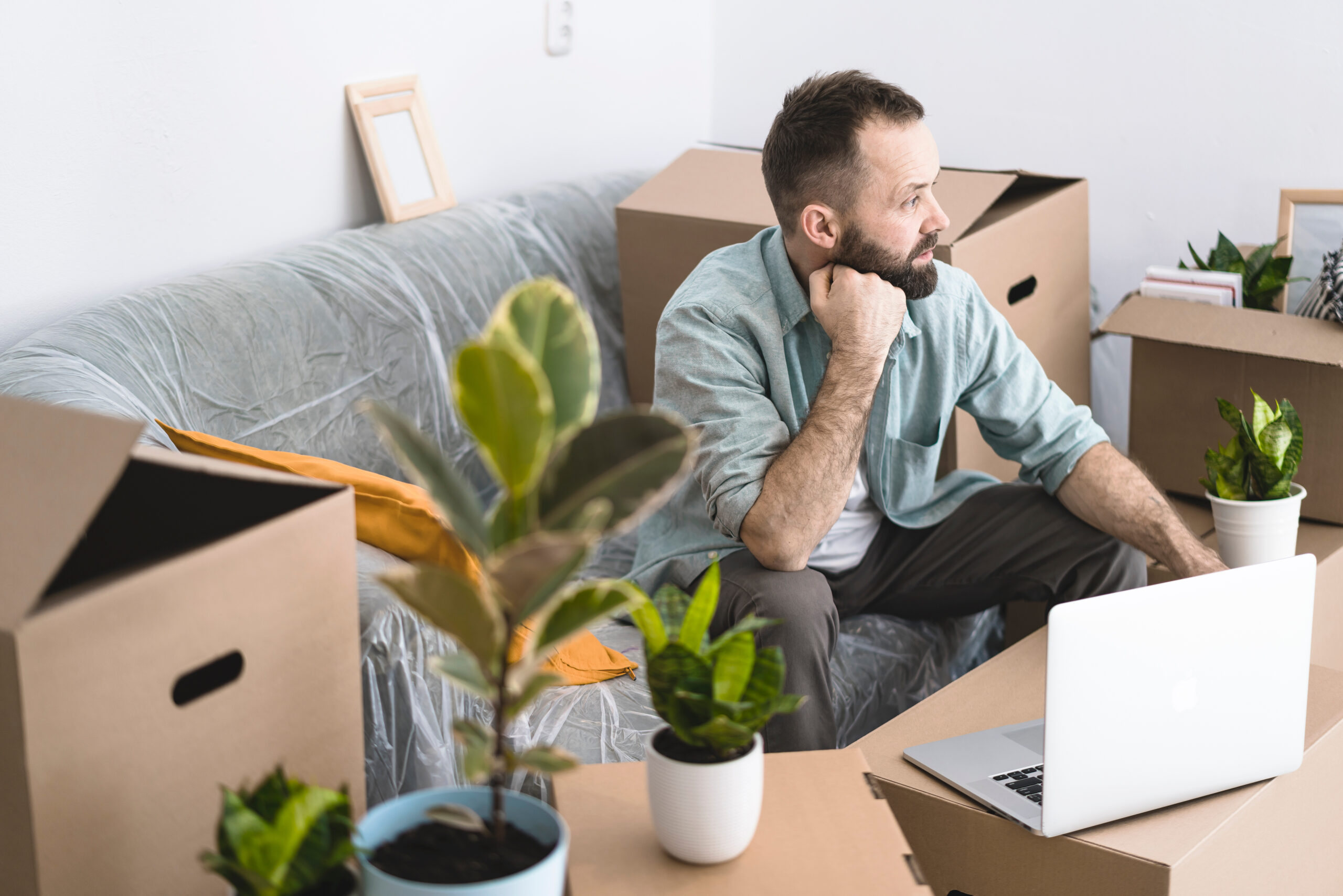Worried about waste with your next residential move? It can be hard to avoid; from piles of cardboard boxes to excessive packing materials and countless car trips to donation centers, the average move doesn’t do much to reduce your carbon footprint.
Fortunately, with just a few smart choices, your move can be both efficient and eco-conscious. At CLR Movers, we believe in making your move as smooth as possible. If it’s sustainable, too, so much the better!
For those of you concerned with a greener relocation, the following strategies should prove helpful.
1. Declutter with Purpose
It’s an obvious statement but the less you move, the lighter your carbon footprint. Take the opportunity to sort through closets, drawers, and storage bins. Gently used clothes, furniture, kitchenware, and electronics can be donated to local charities or posted on community reuse groups like Buy Nothing or Freecycle.
Bonus: fewer items to pack = fewer boxes = lower moving costs!
2. Opt for Reusable Moving Boxes
Instead of using single-use cardboard boxes, consider renting or purchasing reusable plastic moving bins. Consider these other green packing alternatives that reduce waste while saving trees in the process.
3. Use What You Already Have for Packing
Before buying bubble wrap and packing peanuts, shop your shelves. Take a look around your home for towels, blankets, T-shirts, and socks, all of which are great for cushioning fragile items. Not only is this eco-friendly—it’s another easy way to save some money.
4. Recycle or Repurpose Boxes After the Move
It’s difficult to avoid completely, so if you do find you need to use cardboard boxes, do it! Just be sure to break them down and recycle them properly, or post them online for someone else to reuse. Some local charities and schools also accept gently used boxes for storage or projects.
5. Consolidate Trips
Whether you’re doing it yourself or hiring pros, consolidating errands and trips to your new home can save gas and reduce emissions. Plan ahead and group your tasks to avoid back-and-forth travel. This means less wear and tear on you, as well.
6. Properly Dispose of Hazardous Materials
Many household items—like cleaning supplies, paint, batteries, and electronics—can’t be tossed in the trash, including certain food items! Look up your local municipality’s guidelines for safely disposing or recycling these materials.
7. Make Your New Home Green
Green efforts needn’t stop after your move. Once you’re settled in, consider switching to energy-efficient lighting, installing a smart thermostat, or incorporating more sustainable home habits like composting and reducing single-use plastics.Give us the green light on your move! Request a quote today!











